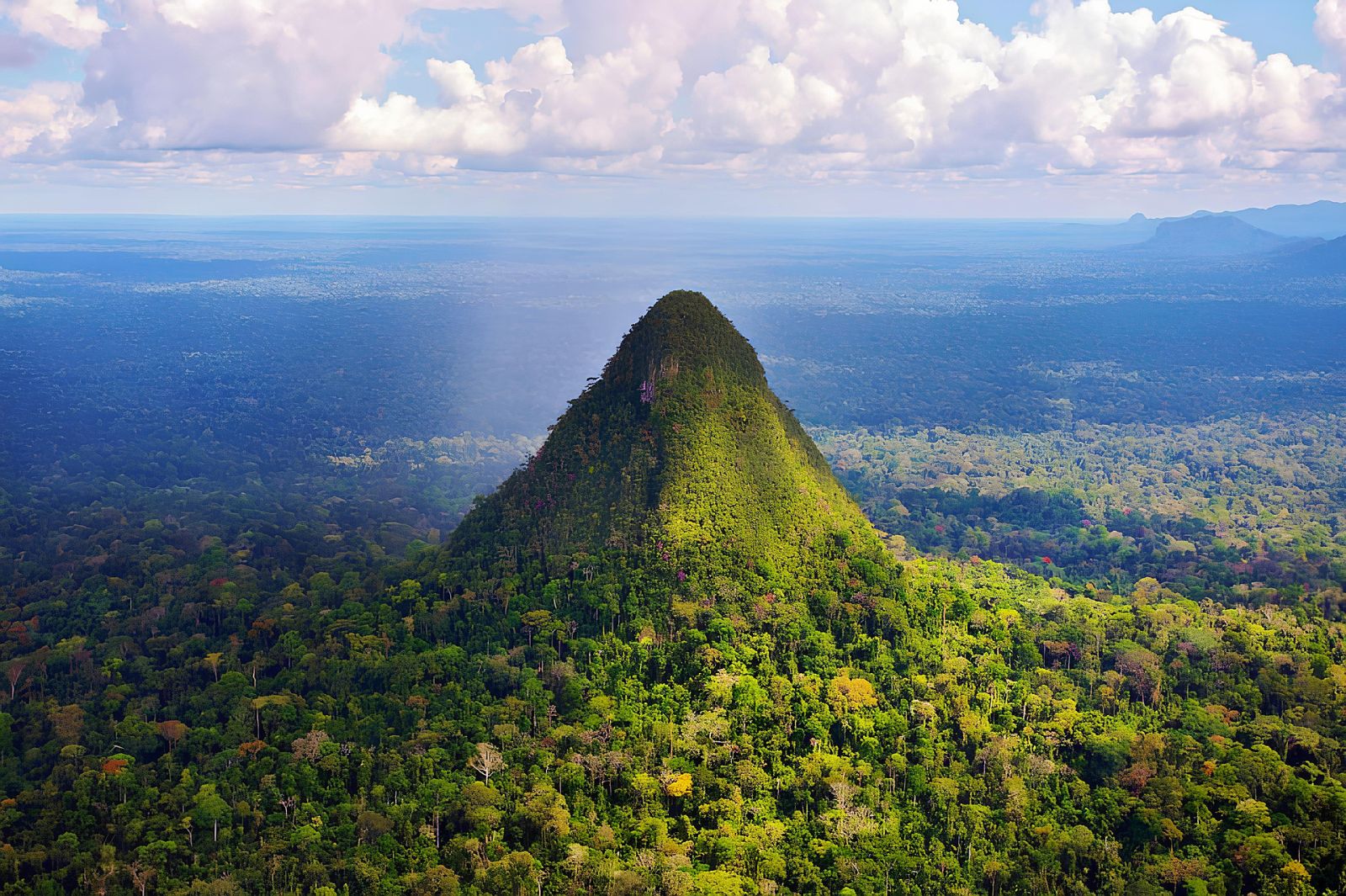Follow us on Google News (click on ☆)
This isolated structure, visible as far as the Andes on clear days, towers over the mountainous region of the Sierra del Divisor. Its origin remains a subject of debate among scientists, ranging from a volcanic remnant to a natural geological curiosity—or even an artificial construction. Photographs reveal its isolation and distinct shape compared to the surrounding mountains.

For local indigenous communities, Cerro El Cono holds deep spiritual significance. Considered a sacred entity, it embodies an 'Andean Apu,' a deified mountain that protects the surrounding populations. This belief is rooted in a mythological tradition shared by several Andean cultures.
The hypothesis of an ancient human-made structure, though lacking tangible evidence, also fuels speculation. This theory, reported by the newspaper La República, adds another layer of mystery to the enigma of Cerro El Cono.
Located near the Ucayali River, the site is a biodiversity hotspot home to vulnerable species. The creation of the Sierra del Divisor National Park in 2015 aimed to protect this unique ecosystem, but threats persist despite conservation efforts.
Environmental pressures, such as illegal deforestation and poaching, endanger the fragile balance of this region. Recent investigations highlight the urgent need to strengthen protective measures to preserve this natural and cultural heritage.
What is an Apu in Andean culture?
In Andean traditions, an Apu represents much more than just a mountain. These entities are revered as protective deities, embodying the strength and wisdom of nature. Apus play a central role in indigenous rituals and beliefs, serving as mediators between the earthly and spiritual worlds.
Their presence is considered essential for ecological and social balance. Offerings and ceremonies in their honor aim to ensure land fertility and protection from natural disasters. This sacred relationship between Andean peoples and their mountains has endured for millennia.
Today, despite modern pressures, respect for the Apus remains strong. It reflects a profound understanding of the interdependence between humans and their environment, offering valuable lessons for biodiversity conservation.
Why is the Sierra del Divisor a biodiversity hotspot?
The Sierra del Divisor, on the border between Peru and Brazil, harbors exceptional biological richness. Its geographic isolation and diverse habitats—from dense forests to rugged mountains—have fostered the evolution of unique species. This region is a refuge for rare animals like the giant armadillo and the jaguar.
Climatic conditions and landscape structure create micro-environments conducive to a great diversity of life. Scientists regularly discover new species here, underscoring the importance of these still poorly understood ecosystems. Protecting these areas is crucial for maintaining continental-scale ecological connectivity.
Unfortunately, this biodiversity is threatened by human activities. The creation of national parks is a significant step but insufficient without ongoing commitment against illegal resource exploitation. Preserving the Sierra del Divisor is a global challenge for nature conservation.